US Dollar Breaks below USD100 with Rising Yields, is Wholesale US Treasury Dump Coming?
Currencies / US Dollar Feb 08, 2017 - 12:39 PM GMTBy: John_Lee
 The US Dollar Index has fallen below the psychological 100 level, while 2-year and 10-year US Treasury yields remain above multi-year support levels. This is despite the Federal Open Market Committee keeping the Federal Funds rate steady at 0.75% on Feb 1, 2017.
The US Dollar Index has fallen below the psychological 100 level, while 2-year and 10-year US Treasury yields remain above multi-year support levels. This is despite the Federal Open Market Committee keeping the Federal Funds rate steady at 0.75% on Feb 1, 2017.
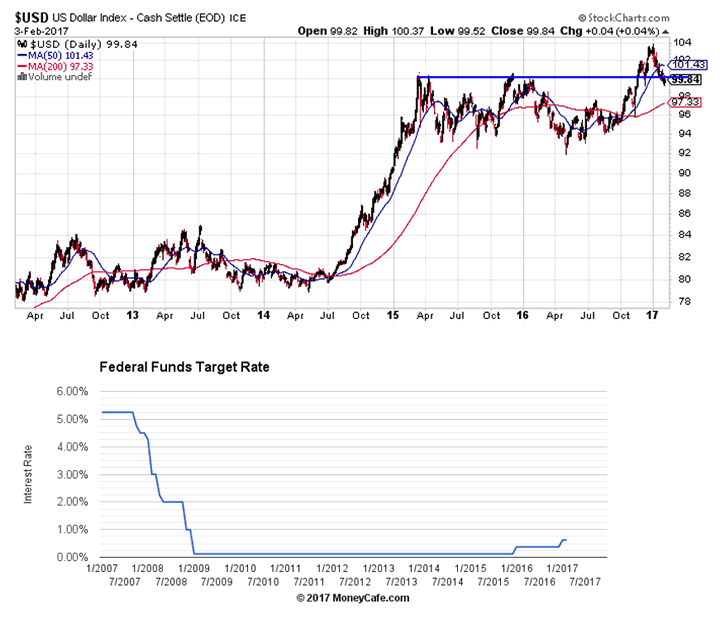
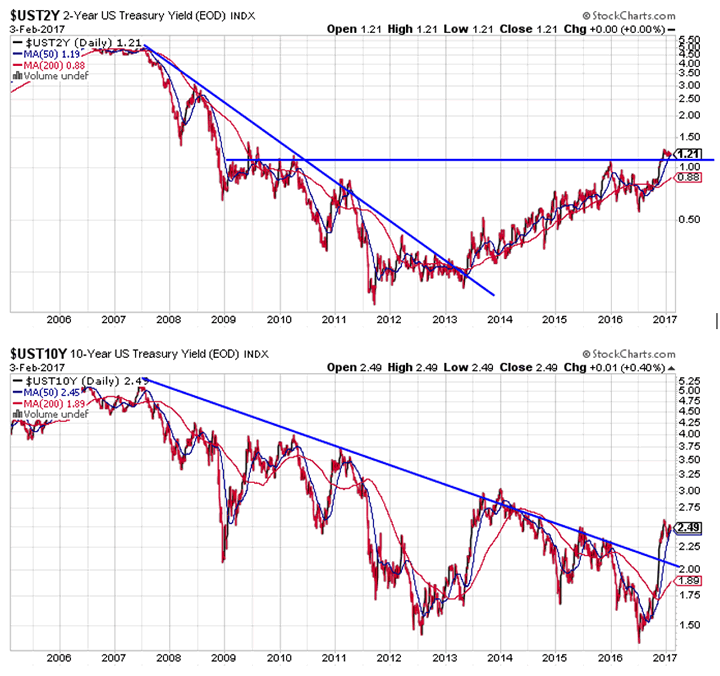
The four charts above tell me the following:
1. The US Dollar Index is running out of steam and falling below multi-year support levels, despite rising yields and rosy US economic forecasts;
2. 2-year and 10-year US Treasury yields have broken out of a multi-year bear market, with further room to go up; and
3. The 2-year US Treasury yield started rising in 2013 -- the up-trend will likely force the US Federal Reserve to catch up and raise interest rates further in 2017.
Allow me to expand on each of these three points further:
1. Falling US Dollar
I quote the following from a Forbes article by Laurence Kotlikoff dated February 1, 2017 titled, “The Latest #StupidEconomics -- Peter Navarro Calls Germany A 'Currency Manipulator'”:
"Peter Navarro, head of Trump’s National Trade Council, clearly needs a refresher course in economics. Not content with calling China a “currency manipulator,” he's now indicted Germany for this economic crime with its alleged theft of American jobs. On the same day, his boss accused Japan and re-accused China of manipulating their currencies to help their economies and hurt ours."
Further, I quote the following from a Wall Street Journal article by James Mackintosh dated February 2, 2017 titled, “The Confused, Mixed-Up World of Donald Trump's Weaker Dollar”:
"It is true that China for years kept its yuan weak by tying it to the dollar, although now it is trying to stop it from falling. It is true that Germany's manufacturers are benefiting from a weak currency, and that the country's mercantilist policies hurt its neighbors in the eurozone.
Finally, it is true that one way for a country to encourage a shift from consumption to production is to devalue its currency. As Mr. Navarro put it to the Financial Times, ‘we prefer paychecks to welfare checks for the American people.’ Those paychecks might buy less stuff, but if you care about people as blue-collar workers, not as blue-collar shoppers, a cheap currency is one way to encourage such jobs."
I have not heard President Trump once, advocate for a strong dollar policy, and I doubt his advisors would make such statements above without his approval. In short, I am very bearish on the US dollar.
2. Rising Yields
Common explanations on the rising yields:
A. Some predict a growing deficit, which will mean more government borrowing. Creditors will demand higher yields with more borrowing.
B. Some predict a stronger US economy, which will mean consumers and businesses are likely to borrow more. Creditors will demand higher yields with more borrowing.
C. Some predict higher inflation with a stronger US economy and growing deficit. Creditors will demand higher yields with higher inflation.
I shall add a fourth and intriguingly distinct possibility: foreign government sale of US treasuries.
According to Wikipedia:
"On November 7, 2016, debt held by the public was $14.3 trillion or about 76% of the previous 12 months of GDP. Intragovernmental holdings stood at $5.4 trillion, giving a combined total gross national debt of $19.8 trillion or about 106% of the previous 12 months of GDP. $6.2 trillion or approximately 45% of the debt held by the public was owned by foreign investors, the largest of which were China and Japan at about $1.25 trillion for China and $1.15 trillion for Japan as of May 2016."
According to the US Treasury’s website, foreign investors sold $336 billion worth of US Treasury notes and bills from June 2016 to November 2016 and the selling seems to be accelerating.
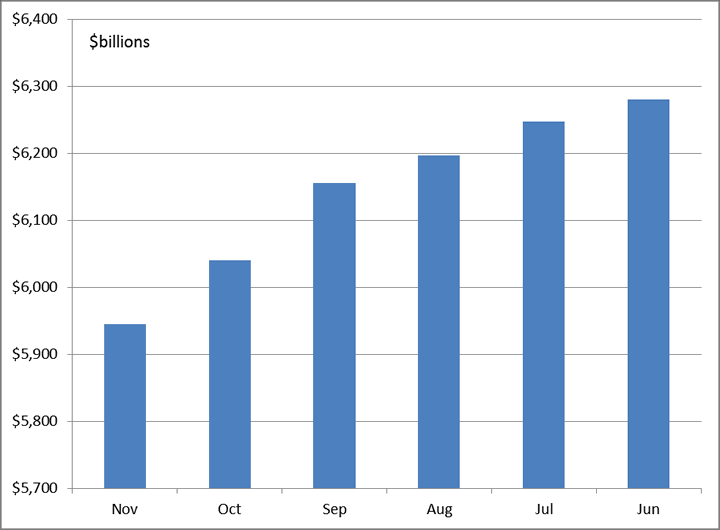
The selling pressure from foreign governments put a dent in US Treasury prices and pushed up yields.
3. Direction of the US Federal Reserve
The action by the US Federal Reserve lags, not leads US Treasury yields. If the 2-year US Treasury yield rises above 1.5%, the US Federal Reserve will almost certainly follow suit and raise federal Funds rate. With outstanding foreign US Treasury holdings at a vast $5.94 trillion, and the increasing rate of dishoarding, both technical trends and political tensions point to a continued rise in yield rates.
Is a wholesale US Treasury dump coming?
I was fascinated by Mikio Sugeno's article published in Nikkei Asian Review dated February 2, 2017 titled, “Trump's latest enemy? Monetary policy” which said:
"The world eventually will fight back if the U.S. president sticks to his dubious reasoning and persists in tearing down a multilateral agreement that took many years to build in order to pursue his "America first" agenda. Japan and China are the two largest holders of U.S. sovereign debt. Tokyo could begin to feel the same temptation "to sell large lots" of American debt that then-Prime Minister Ryutaro Hashimoto spoke of in 1997. The ensuing downward spiral between the U.S. and its creditors could wreak havoc on the global currency order.
Yet Trump's remarks also may be nothing more than threats designed to give the U.S. the upper hand in bilateral talks. Countries need to consider this possibility seriously."
The size of foreign US Treasury holdings stands at $5.94 trillion, far exceeding the current annual US trade deficit of approximately $500 billion (i.e. $40 billion a month), or the potential incremental US GDP growth that the Trump administration can bring (i.e. 1% growth of US GDP of $17 trillion = $170 billion).
President Trump could win the trade battle by stuffing more Ford cars and iPhones into Asia, but lose the currency war as foreign governments wholesale-dump US Treasury reserves, resulting in significantly higher interest rates and a devalued US dollar.
It’s no mystery – if the selling pressure of US Treasury reserves by foreigners accelerates, the US dollar can absolutely fall with rising yields. This can happen regardless of US trade balance, job numbers, or GDP growth.
In this hypothetical scenario where foreign governments counter Trump's aggressive trade stance by dumping their US Treasury and US dollar reserves, any US imposed trade barriers will only further lessen the appeal and utility of the US dollar. Imagine what would happen if China tries to buy any major US company or assets with their US dollars, and we will see how far that goes.
Going one step further, what will be President Trump's answer to the US Treasury reserves dump and fast-rising interest rates?
I quote the following from my January 5, 2017 article titled, “Whack-A-Mole: Dollar, Interest Rates, Equities, Gold In 2017?”: "My gut tells me more Federal Reserve rate hikes are in store because of rising treasury yields…. with the Federal Reserve guarding closely and ready to reverse rate hikes at any sign of distress… and don't be surprised if the Federal Reserve deploys Quantitative Easing in an attempt to rein-in 2-year and 10-year yields."
To President Trump, Quantitative Easing (QE) could be precisely what the doctor ordered to off-take US Treasuries from China and Japan, stabilize US Treasury yields and Federal Funds rate, and deflate and weaken the US dollar to stimulate US manufacturing and exports.

During the last round of QE (between 2008 to 2014), the US Federal Reserve purchased roughly $3 trillion worth of notes, bonds and mortgage-backed securities -- it is entirely feasible for the US Federal Reserve to buy up $3 trillion worth of US Treasury notes from China, Hong Kong, Japan and Saudi Arabia.
Fundamentally, as the world's biggest debtor at US$19.8 trillion, the US wants a weak dollar and trade barriers. Think of it like the drink-voucher you receive when you pay the cover-charge to enter a bar – you can redeem it for a beer, but not top-shelf whiskey!
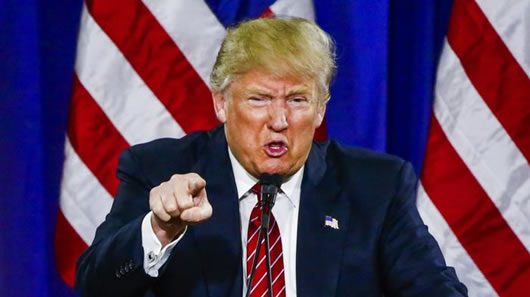
"Hey, China, sell your US Treasuries to the Fed!"
Gold and Silver
During the period from the first QE announced in December 2008 to the third and final QE announced in September 2012, gold went from a low of approximately $800 to $1,900 per ounce, while silver went from a low of $10 to $50 per ounce.
If QE4 were to materialize, gold could reach or even surpass $1900/oz while silver could revisit $50 before President Trump finishes his term, and that may be a conservative timeline considering the disruptive speed of Trump's initiatives. In these interesting times when return of capital should take precedence over return on capital, gold and silver make great choices as investments. For the adventurous, gold and silver mining companies offer leverage to rising gold and silver prices.
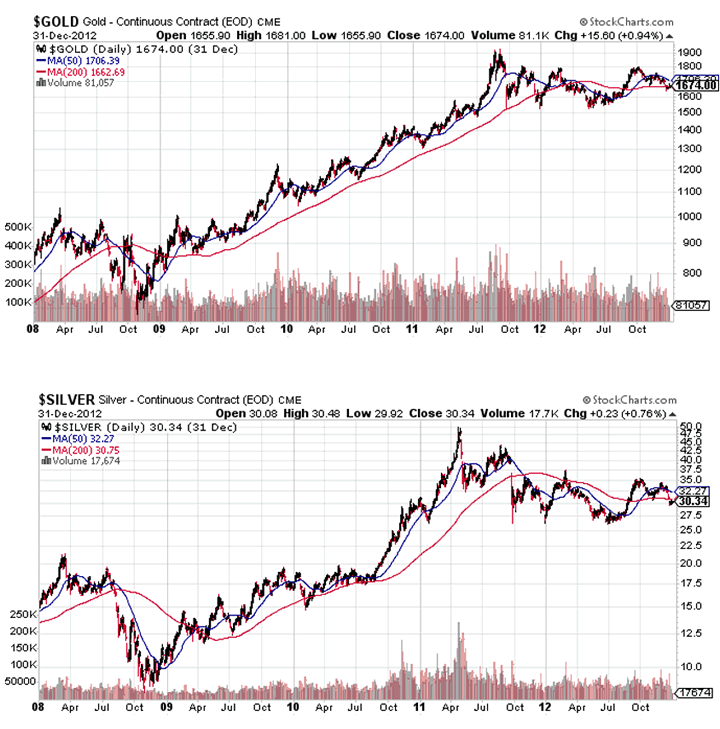
I own physical silver and manage Prophecy Development Corp. (TSX: PCY, OTCPK: PRPCY) which engages in silver exploration.
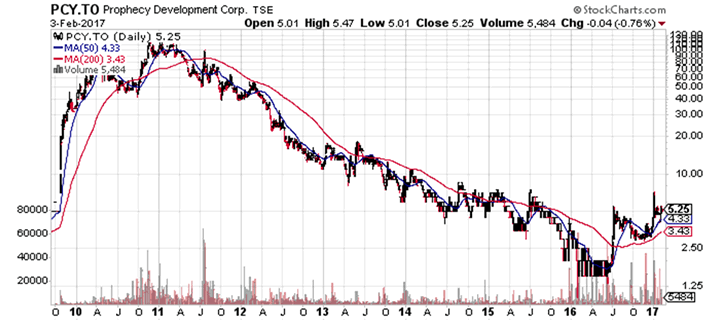
John Lee, CFA.
jlee@prophecydev.com
follow me: twitter https://twitter.com/johnlee25893955?lang=en
linkedin https://ca.linkedin.com/in/john-lee-baa93422
John Lee, CFA is an accredited investor with over 2 decades of investing experience in metals and mining equities. Mr. Lee joined Prophecy Development Corp. (www.prophecydev.com) in 2009 as the Company’s Chairman. Under John Lee’s leadership, Prophecy raised over $100 million through the Toronto Stock Exchange and acquired a portfolio of silver assets in Bolivia, coal assets in Mongolia, and a Titanium project in Canada. John Lee is a Rice University graduate with degrees in economics and engineering.
L. Kotlikoff, “The Latest #StupidEconomics -- Peter Navarro Calls Germany A 'Currency Manipulator'” Forbes Media LLC (February 1, 2017).
http://www.forbes.com/sites/kotlikoff/2017/02/01/the-latest-stupideconomics-peter-navarro-calls-germany-a-currency-manipulator/#75c3ebe11ffe
J. Mackintosh, “The Confused, Mixed-Up World of Donald Trump's Weaker Dollar” The Wall Street Journal (February 2, 2017).
https://www.wsj.com/articles/the-confused-mixed-up-world-of-donald-trumps-weaker-dollar-1486049327
“National debt of the United States.” Wikipedia, The Free Encyclopedia. Wikipedia, The Free Encyclopedia, 6 Feb. 2017. Web. 6 Feb. 2017. <https://en.wikipedia.org/wiki/National_debt_of_the_United_States>
“MAJOR FOREIGN HOLDERS OF TREASURY SECURITIES.” ticdata.treasury.gov. Federal Reserve Board, U.S. Department of the Treasury, 6 Feb. 2017. Web. 6 Feb. 2017. <http://ticdata.treasury.gov/Publish/mfh.txt>
Disclaimer: The views expressed herein are those of the author and may not reflect those of Prophecy Platinum Corp. or Prophecy Coal Corp. The information herein is provided for information purposes only, and is in no way to be construed as advice or solicitation to make any exchange in precious metal products, commodities, securities or other financial instruments. No warranty expressed or implied exists between the author of this article and the reader as to the accuracy of the information herein provided. The information contained herein is based on sources, which the author believes to be reliable, but is not guaranteed to be accurate, and does not purport to be a complete statement or summary of the available information. Readers are encouraged to conduct their own research and due diligence, and/or obtain professional advice. Any opinions expressed are subject to change without notice. Prophecy Platinum Corp., Prophecy Coal Corp. and the author of this article do not accept culpability for losses and/or damages arising from the use of this article.
John Lee Archive |
© 2005-2022 http://www.MarketOracle.co.uk - The Market Oracle is a FREE Daily Financial Markets Analysis & Forecasting online publication.



